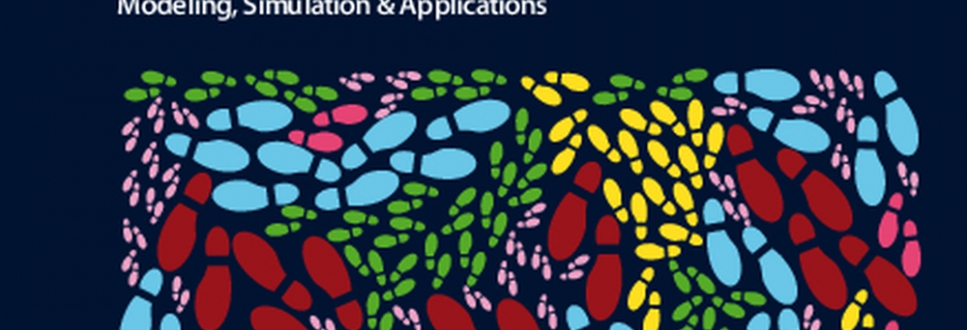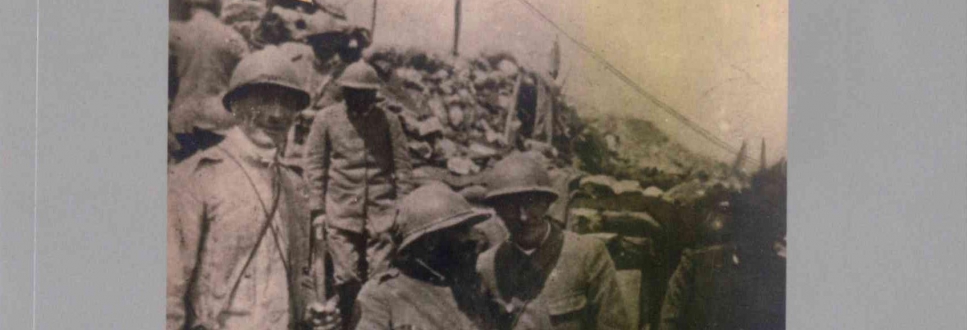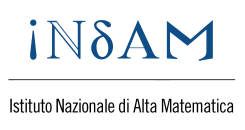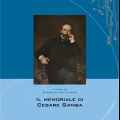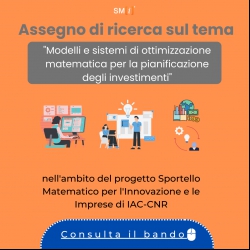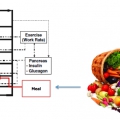
Modelling of the dynamics of human metabolism interacting with physical activity and inflammation in the context of developing type-2 diabetes
2015-10-01
October 1st, 2015, h. 14.30 CNR-IAC Via dei Taurini 19, Aula Riunioni 1° piano: Prof. Albert A.de Graaf from TNO, Zeist, The Netherlands, will present a dynamic model of human energy metabolism integrating food intake, physical activity and immune system.
In the FP7 EU project MISSION-T2D, a dynamic model of human energy metabolism is developed that should reflect the integrated regulation of metabolism in the fasted and postprandial state, as well as during physical activity, and moreover including interactions with the immune system. The development started from models published in the literature. Several relevant models addressing this issue have been published, but unfortunately virtually all models are limited in scope either because they address only a part of metabolism or because they focus only on a single organ, however with a lot of biochemical detail. In fact only a single suitable model was identified that integrated both a more or less full set of metabolic pathways in cellular detail, and more or less complete whole body physiology. Taking this model as a starting point, separate equations describing nutrient intake were developed and added to the model. The model, since it is a physiologically based kinetic model, in principle is suited for integration with the agent-based inflammation model developed at CNR. The model is specifically targeting the context of developing type-2 diabetes.
The resulting model is especially suited to simulate the dynamics of metabolism at the minute-day timescale, but simulations up to ~100 days are feasible. One interesting challenge is to somehow aggregate properties of the model such that it becomes suitable to also describe metabolic changes occurring over much longer timescales e.g. up to ~5 years. At this timescale, many details of the dynamics do no longer matter. Some approaches will be discussed.



